When you wait for a light at 50th Street and University Avenue – and many others – traffic engineers are watching nearly 4 miles away on the 6th floor of Citizens Tower.
During the busy times – 7 a.m. through 6:30 p.m. – if they can, they’ll make your wait time shorter.
Lubbock has a brand-new system (Iteris Vantage Next) at a few intersections using cameras. Its data is 99 percent accurate.
Lubbock still uses a system with either cameras or sensors in the roads which is 85 percent accurate.
The new system also does better with bicycles, pedestrians, rain, snow, high winds and nighttime traffic.
The system can also change to green as you drive up to a red light at an empty intersection in Lubbock at 3 a.m. (The old system could do that also, but the new one is better.)
Yes, it costs money and the city successfully asked the federal government to pay for most of it.
The traffic team tweaks the timing at the intersections. And red lights can know the difference between the morning rush and mid-afternoon lull.
These new cameras keep statistics – giving the traffic managers better information. The new system might only save you five seconds at each red light.
“If you add that on to every driver in the whole city, it becomes big numbers,” said William Cummings, a traffic engineer.
How it started
Cummings, along with coworker Justin Dickson and his boss, Director of Traffic Management David Bragg, started the Traffic Management Center 15 years ago.
Traffic lights have always been timed. Somewhere along the way, traffic sensors under the pavement could detect someone stopped at a red light.
Earlier versions of video monitoring could replace the pavement sensors, but they weren’t as accurate. Now they are.
Bragg said, “We’ve been fortunate enough to help build this current system from the ground up. … It’s really kind of our baby.”
Dickson said, “If somebody were to call [to complain] about 66th and Frankford about 15 years ago we would have had to drive out there and see what’s going on.”
Now equipped with cameras, besides keeping traffic flowing, the center can instantly see if the traffic signals went out, confirm if traffic is blocked by an accident or spot a broken water line which flooded a major street.
All three men wanted to really emphasize; the cameras are used only for traffic.
“We get that question a lot. No, we do not record these,” Bragg said.
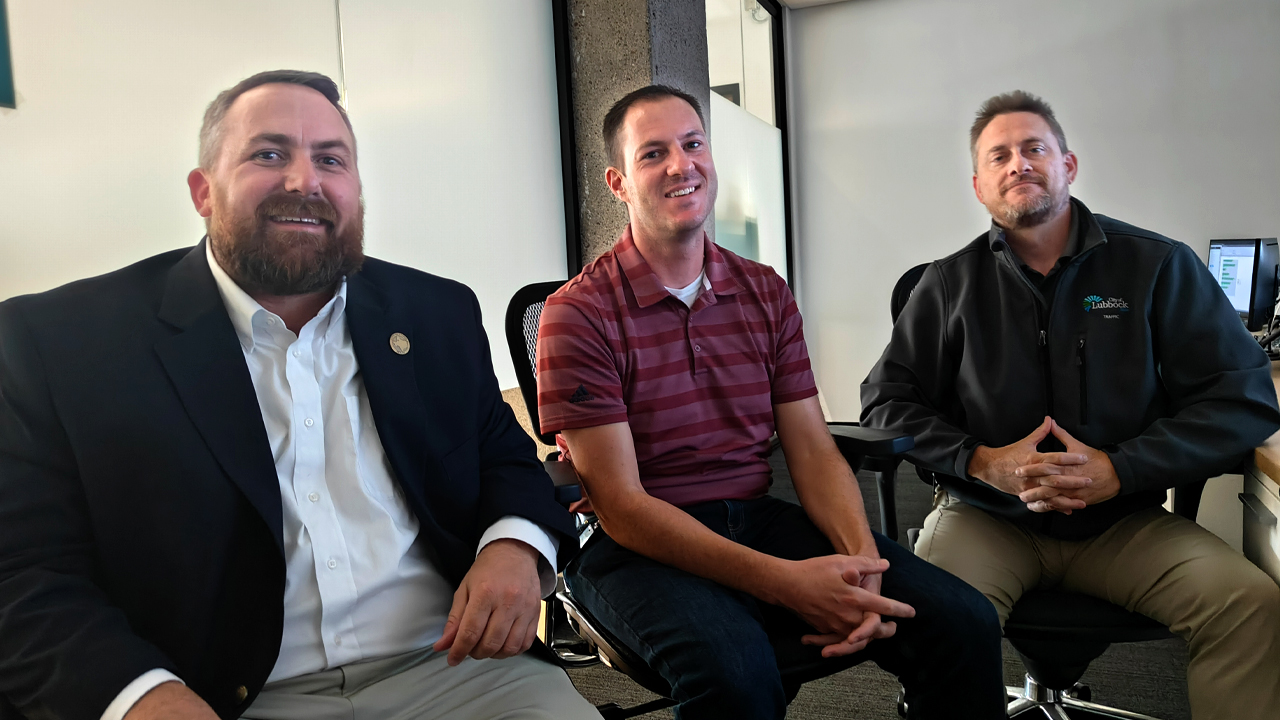
Finding the money
To expand this to 75 intersections costs $1.2-$1.3 million, said Bragg.
Federal dollars are locally coordinated through the Lubbock Metropolitan Planning Organization. It’s an 80/20 match so Lubbock would still need to find 20 percent of the cost.
A recent request for $1.3 million was recently approved, Bragg said, not just for 65-70 video detectors but also for audible crosswalks at the same intersections.
Cummings said, “This is a total game changer for someone with a visual disability as far as getting out and being able to be mobile.”
Does it work?
Cummings pulled up a video inside the center – adorned with a bank of nine video screens on the wall and another four computer screens on desks.
“This is one of our highest-volume [streets] in the entire city – the stretch of Frankford between Spur 327 and 82nd Street. It sees about the same number as Indiana between 50th Street and the Loop. And it’s a five-lane section, whereas Indiana is a seven-lane section. And we don’t see any difference in delays,” Cummings said.
Dickson said, “Frankfort is a good example of five lanes move a lot of traffic. This is how, in my opinion, traffic should be flowing.”
The best way is to manage the lights.
“Another benefit of these counts that you’re going to see. We’re constantly working on it,” Dickson said.
Lubbock’s traffic engineers adjust intersections all the time based on traffic counts – which the new video system grabs automatically.
Bragg said, “The older systems don’t count vehicles. So that allows us to get data that we don’t currently have without setting out count tubes [kind of like rubber strips drivers go over] manually in the street, which is really a dangerous thing to do.”
Cummings had, just days before, personally managed the lights at 19th Street and Avenue Q for a water main project. Work crews changed which lanes were open or closed and Cummings spent four or five hours managing the red lights to try to keep motorists and construction crews safe.
Artificial intelligence is not up to the task – at least not yet.
“You just end up with a longer and longer green light. Well, that means longer and longer red lights,” Cummings said of AI.
There’s always someone on call outside the normal hours of Monday through Friday, 7 a.m.-6:30 p.m.
Dickson said, “We have this kind of smaller setup at each of our houses also, so that we can log in remotely.”
Bragg said, “Occasionally there will be some sort of a major event. … Typically it’s storm related.”
That can mean thunderstorm or snowstorm. It can also mean getting the system back online after a widespread power outage.
Slideshow: Inside the Traffic Management Center
More than lights
The department has 34 employees who oversee the request, design, study, construction and repair of every traffic light, stop sign, traffic sign, roadway marking and crosswalk in the city. They also manage curb cuts and ramps at intersections. They manage an estimated 150,000 street signs in the city.
If someone requests a wheelchair curb ramp or a stop sign at an intersection, it comes to this department.
Cummings said, “I think I can speak for everybody in that we take a lot of pride in doing the job ourselves. We very rarely hire anybody to help us.”
Safety is important. The Traffic Management Department played a big part in the recent decision to build five-lane streets going forward instead of seven (although the major intersections remain seven lanes).
Related story: Going forward, Lubbock’s major street projects planning to be five lanes, not seven. Why? Money’s one reason
“We don’t typically need that amount of capacity most of the day. But it decreases safety all day,” Cummings said.
Drivers have a harder time turning left across three lanes of traffic instead of two, he said, adding Lubbock should be more friendly for those who want to walk or ride a bike.
“If people want to choose other forms of transportation, … it should not be so dangerous that it discourages them or so dangerous that you’re essentially risking your life to do that,” Cummings said.
Keeping drive-time down is also a big deal.
“Our typical signal cycle during the mid-day is … 90 seconds. That is very short by larger city standards,” Cummings said. A bigger city might have a two-minute cycle.
“That’s 30 seconds of potential delay that we don’t have,” Cummings said.
It’s not always possible. Pedestrian traffic around Texas Tech demands a longer wait time.
Comment, react or share on our Facebook post.

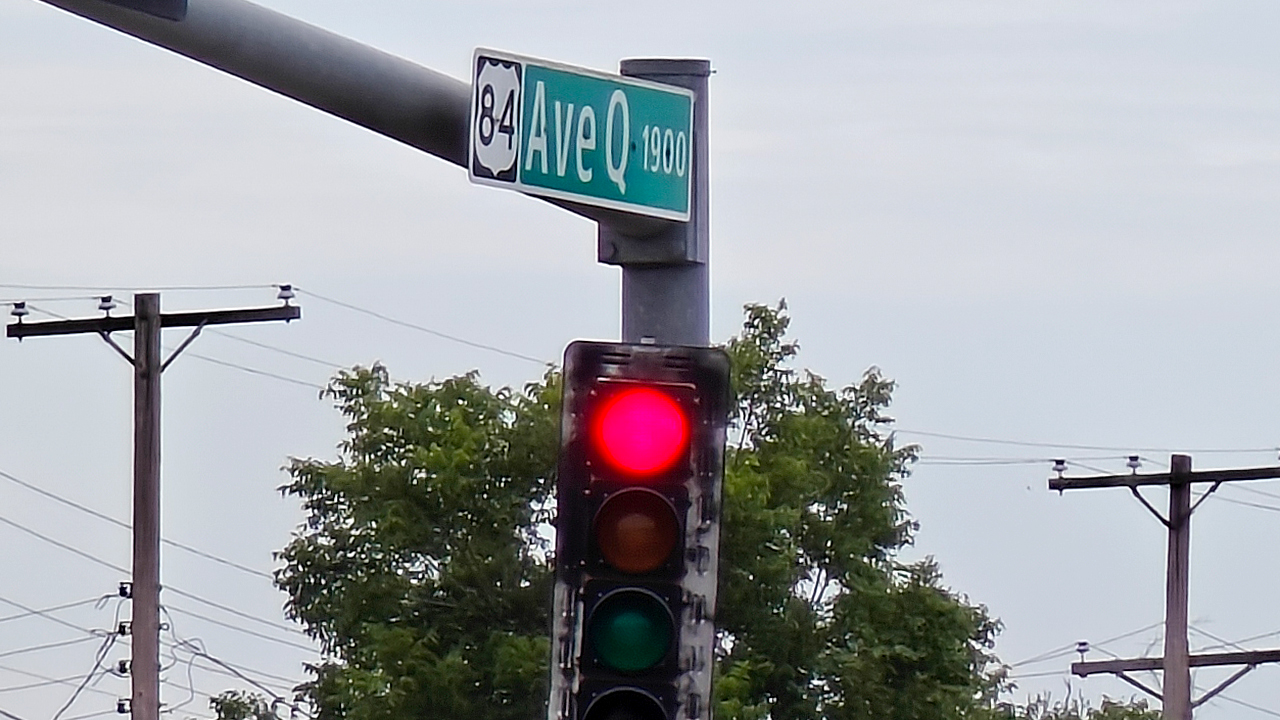
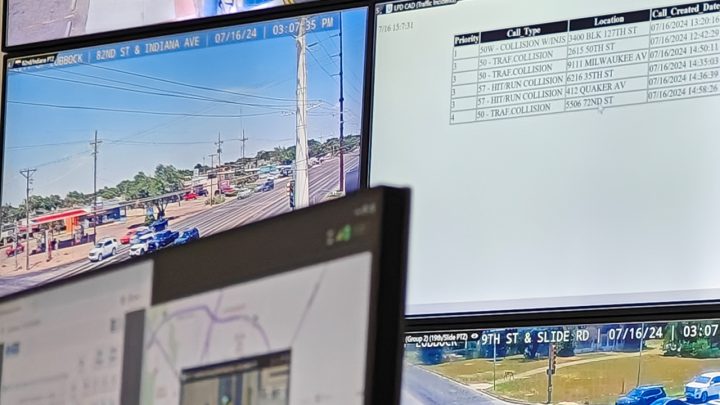
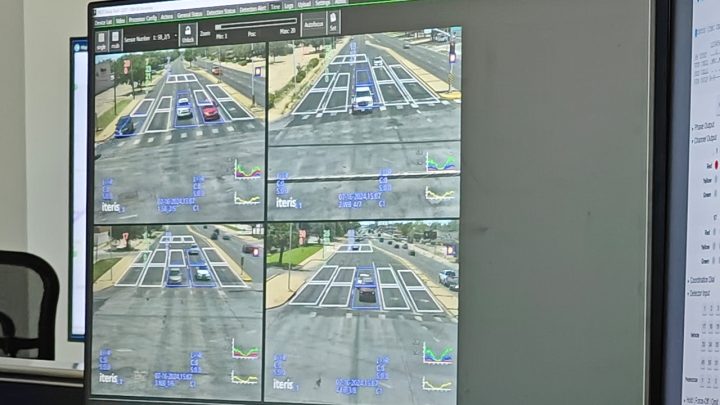
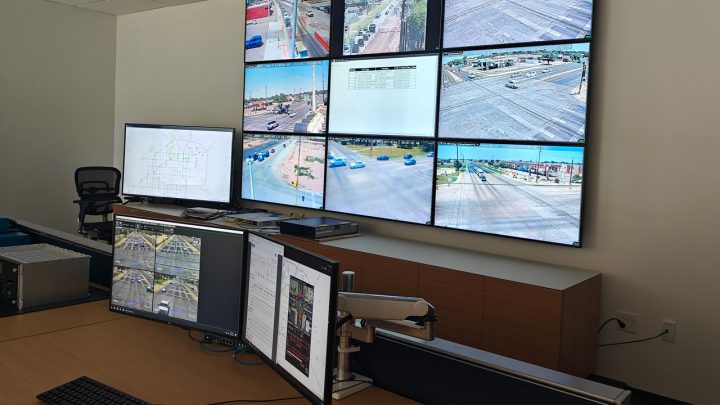
 Facebook
Facebook